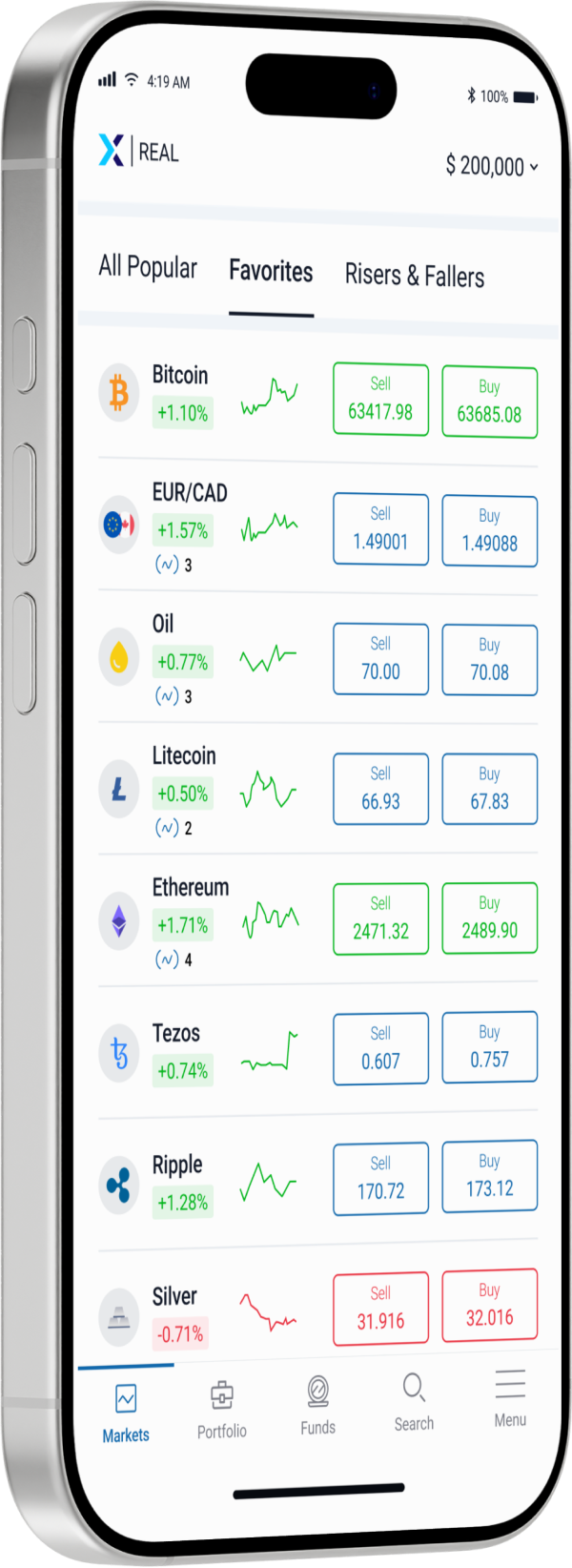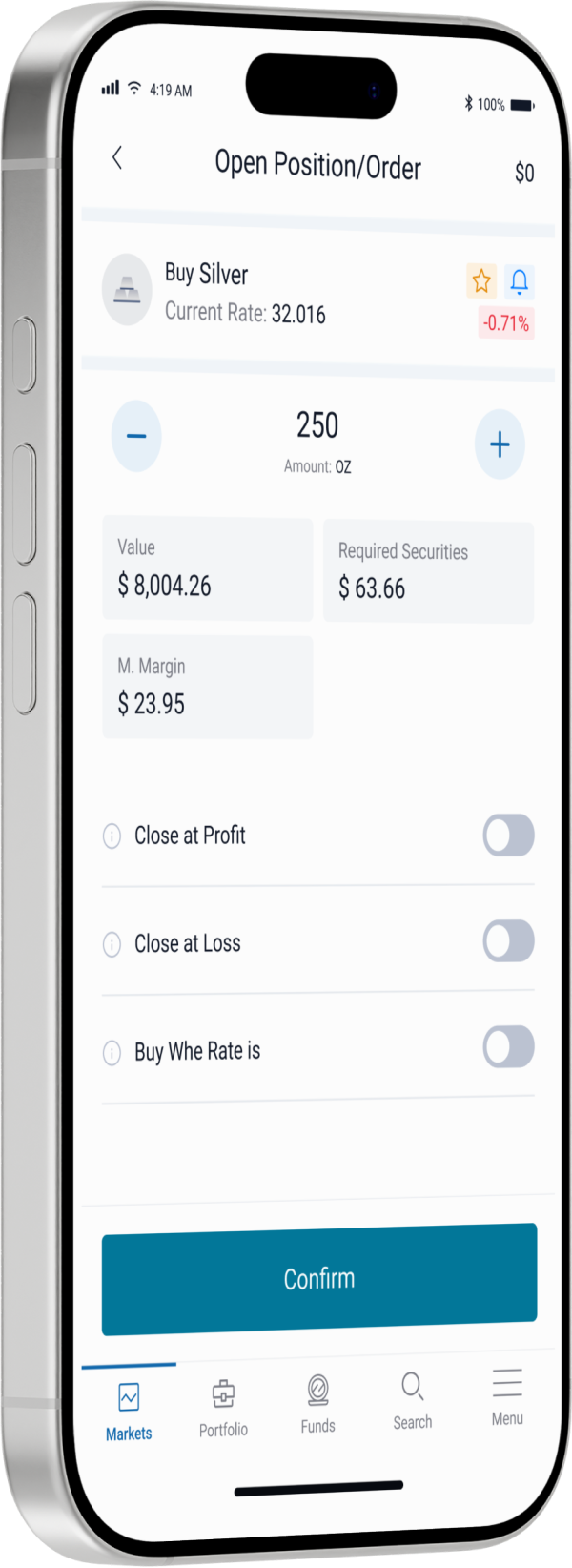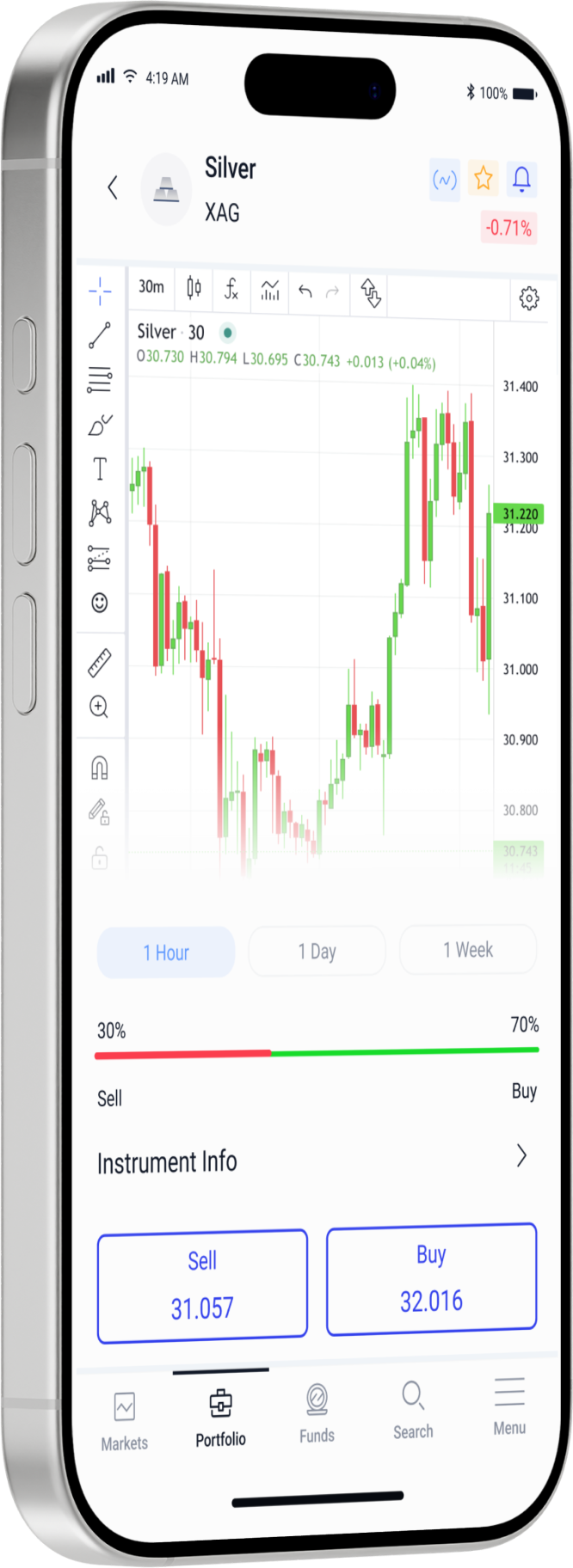اكتشف وتداول عقود السلع الفورية
يمكنك الوصول إلى مجموعة واسعة من السلع المرغوبة مثل الذهب والنفط والفضة وغيرها بسهولة. في XTrade، استمتع بسهولة تداول السلع المشابهة لأزواج العملات، بدون معاملات فعلية أو ملكية.
السلع الشعبية
Gold/USD
XAU
$
%
Gold/USD gram
XAUUSDGRAM
$
%
Gold/EUR
XAUEUR
$
%
Gold/CNY
XAUCNY
$
%
Gold/CNY gram
XAUCNYGRAM
$
%
Silver
XAG
$
%
Oil
CL
$
%
Oil Cash
XTIUSD
$
%
Brent Oil
EB
$
%
Natural Gas
NG
$
%
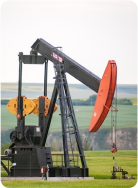

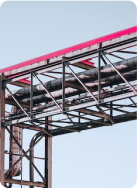


Gold/USD
XAU
$
%
Gold/USD gram
XAUUSDGRAM
$
%
Gold/EUR
XAUEUR
$
%
#تداول_السلع
عن عقود السلع الفورية
تمثل السلع، مثل الأصول المادية، المواد الخام التي يمكن شراؤها أو بيعها. تمامًا مثل العملات، توفر الأسواق المالية الفرصة لتداول السلع مثل الطاقة والمعادن من خلال عقود الفروقات. مع توفر السيولة الكبيرة، توفر السلع الأساسية للمستثمرين فرصًا قيمة لتنويع محافظهم الاستثمارية واغتنام فرص تجارية فريدة من نوعها.
مكتبة تعليم التداول
دليل شامل للتداول المحترف
قم بتعزيز مهارات التداول الخاصة بك مع مصادر تعليمية شاملة. قم بالوصول إلى دروس تعليمية وندوات ودورات تم تصميمها خصيصًا لأسلوب تعلمك. اتقن التحليل الفني والأساسي، وإدارة المخاطر، واستراتيجيات التداول الفعّالة. حقق أهداف التداول الخاصة بك بثقة.
#التفوقالتنافسي
لماذا نستثمر معنا؟
